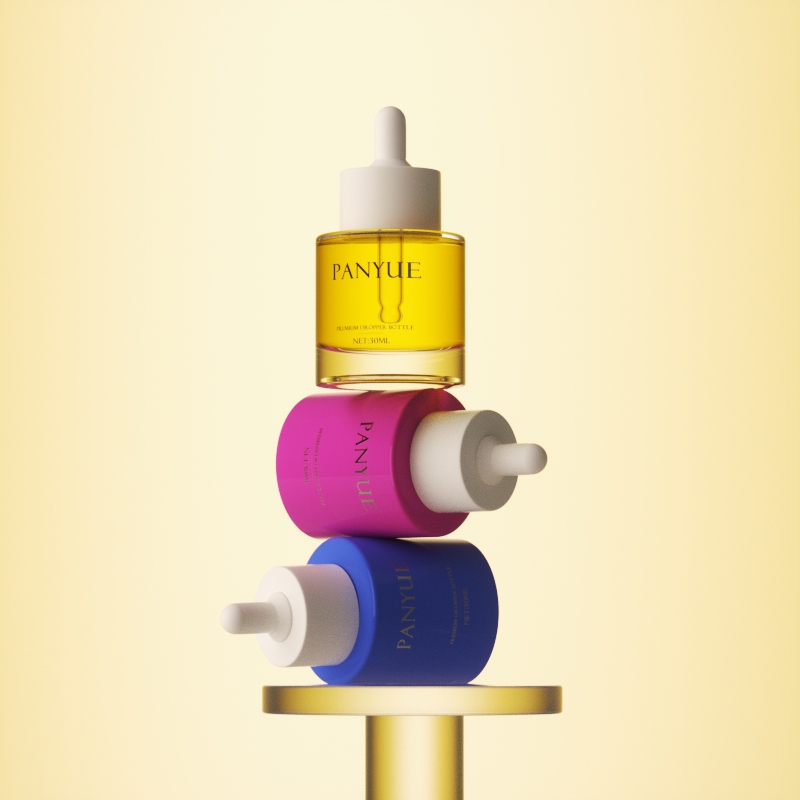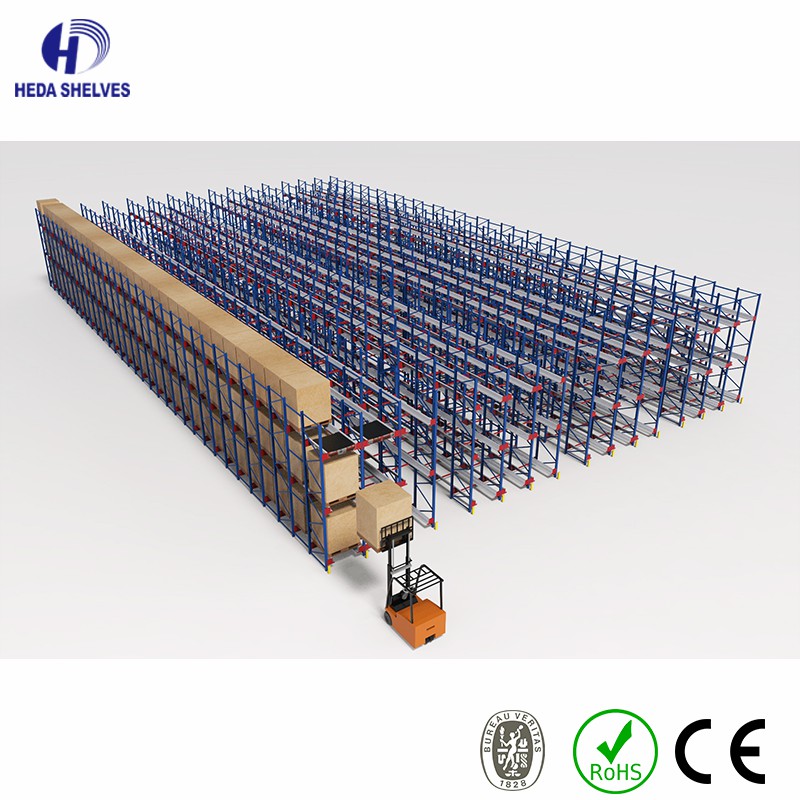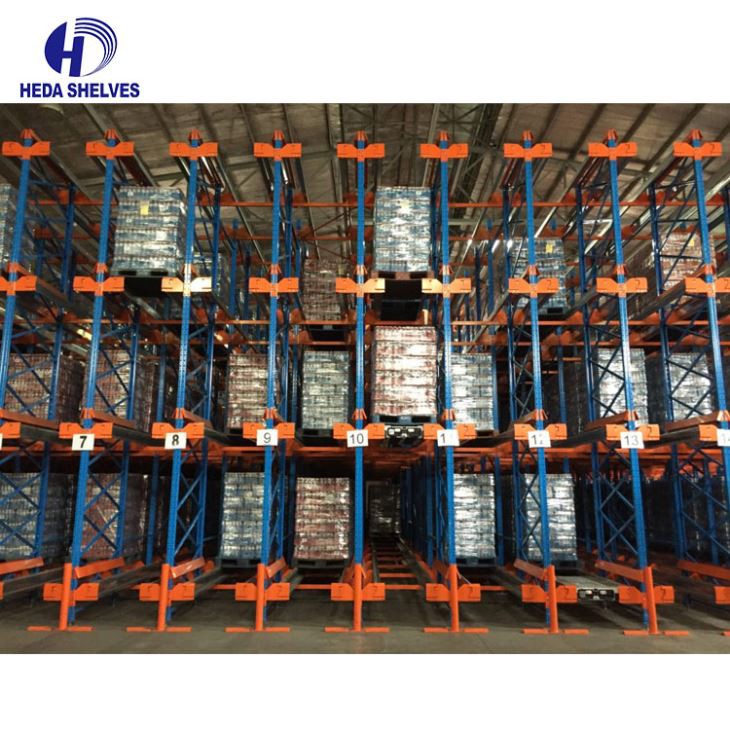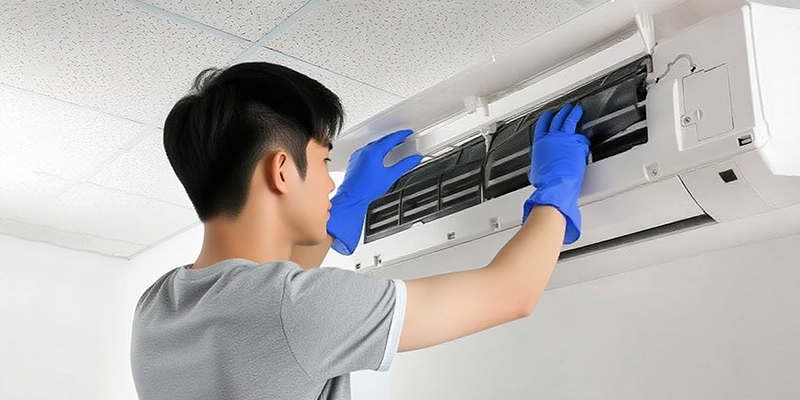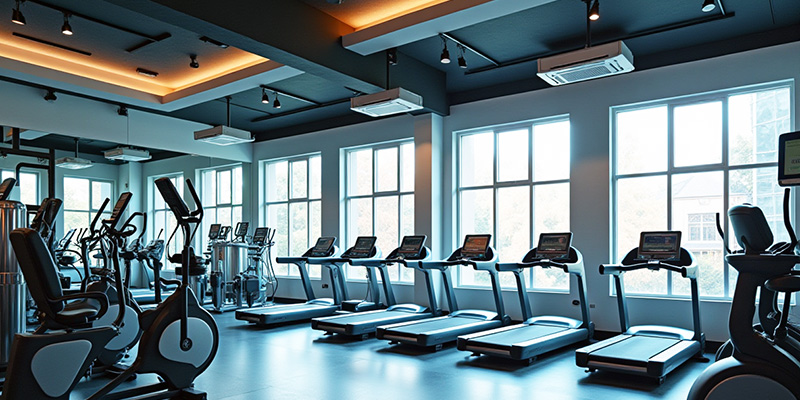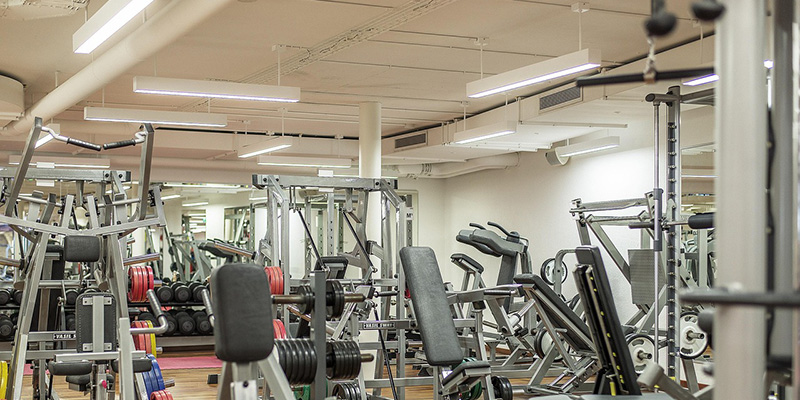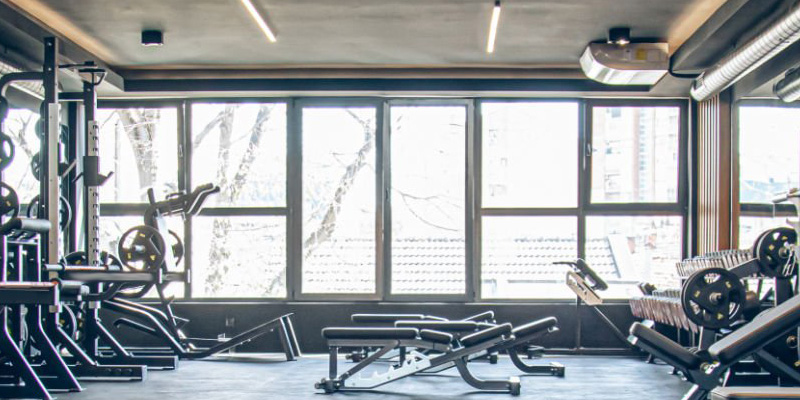Real Stories Behind the Water We Drink
In Flint, Michigan, a seemingly small decision in 2014—to switch its water supply to the Flint River—led to a devastating health crisis. Without proper corrosion control, the aging pipes leached lead into the drinking water, exposing over 99,000 residents to toxic contamination. That number was so large that the CDC eventually declared a state of emergency. The fallout was profound—children suffered developmental damage, and the crisis became a nationwide wake-up call [1].
Meanwhile, in Europe, hard water is a more common complaint. In Italy and Germany, mineral-rich water causes scale build-up in kettles and coffee machines, frustrating households and damaging appliances.
These everyday inconveniences highlight a key truth: Tap water quality varies widely, and “safe” doesn’t always mean “ideal.” Different regions face various local water usage issues, but they all make people gradually realize that household drinking water may require an additional layer of protection.
That is why in recent years, countertop water purifiers have gained increasing attention in the global market. They are not merely tools for removing impurities from water but also represent a choice people make for their health and quality of life.

Global Water Concerns That Shape Behavior
USA: In some older urban areas, lead pipes are still in use today. According to data from the U.S. Environmental Protection Agency (EPA), long-term consumption of water with excessive lead levels can affect children's neurological development [2].
Europe: The issue of hard water is widespread. Households in countries such as Germany and Italy often need to remove limescale; otherwise, the lifespan of appliances like kettles and dishwashers can be affected.
Southeast Asia: After heavy rains, areas in Southeast Asia often face spikes in bacterial levels due to runoff breaching municipal systems. Such threats may not make headlines globally, but drive local awareness dramatically.
Japan & Korea: Although tap water meets high safety standards, many people are dissatisfied with its taste—especially when brewing tea or cooking rice, where a "softer" water quality is often preferred.
It is evident that water-related challenges are not exclusive to developing countries but represent a global issue.
What Countertop Purifiers Can Do?
• Remove Unwanted Elements—Subtly and Effectively
1. Remove Residual Chlorine & Odors
Chlorination is one of the most common methods of tap water disinfection worldwide, but it often leaves behind a sharp, unpleasant smell. The activated carbon filter inside a countertop water purifier can absorb most residual chlorine, improving the overall taste. Many coffee lovers find that brewing with filtered water brings out the distinct flavors of different coffee beans more effectively.
2. Heavy Metals
The story of Flint shows us how close heavy metal contamination can be—it may be hiding in the pipelines we cannot see. The RO (reverse osmosis) membrane inside the PU-T01 countertop water purifier removes most harmful substances such as lead, mercury, and arsenic. This is especially important for households with infants and young children, as their tolerance to heavy metals is far lower than that of adults. Using a countertop purifier helps protect children from the risks of heavy metal contamination, safeguarding the entire family’s drinking water safety.
3. Reduce Microbial Risks
According to the World Health Organization (WHO), millions of people worldwide still contract diarrheal diseases each year due to contaminated water. While municipal water systems are generally disinfected, contamination can still occur during transmission. A countertop water purifier equipped with a UV sterilization module provides an additional barrier, eliminating 99.9% of bacteria and ensuring safer drinking water at home [3].
4. Filter Microplastics
A study analyzing 1,148 tap water samples across 34 countries found that 87% of the samples contained microplastics, indicating widespread contamination of urban tap water systems globally. These tiny particles come from fabric fibers, plastic packaging, and even airborne dust. The precision of a reverse osmosis membrane is high enough to intercept most microplastics, reducing their entry into the human body [4].
Lifestyle Upgrades, Not Just Water Cleaning
When people think of water purifiers, they often focus only on what they “filter out.” In reality, the benefits go far beyond that.
Better taste in beverages: In Italy, many coffee shops install water purifiers to ensure hard water doesn’t spoil the flavor of coffee.
Cooking quality: In Japan, families often use soft water for cooking rice, as it makes the grains fluffier and tastier.
Long-term health: Parents today prefer preparing baby formula with purified water to ensure infant health, while seniors are more concerned about heavy metal and mineral excess in tap water.
Environmental responsibility: Compared with bottled water, using a countertop purifier significantly reduces plastic waste and supports a sustainable lifestyle.
In short, a countertop purifier is not just protection against “pollution”—it’s a proactive choice to enhance quality of life.
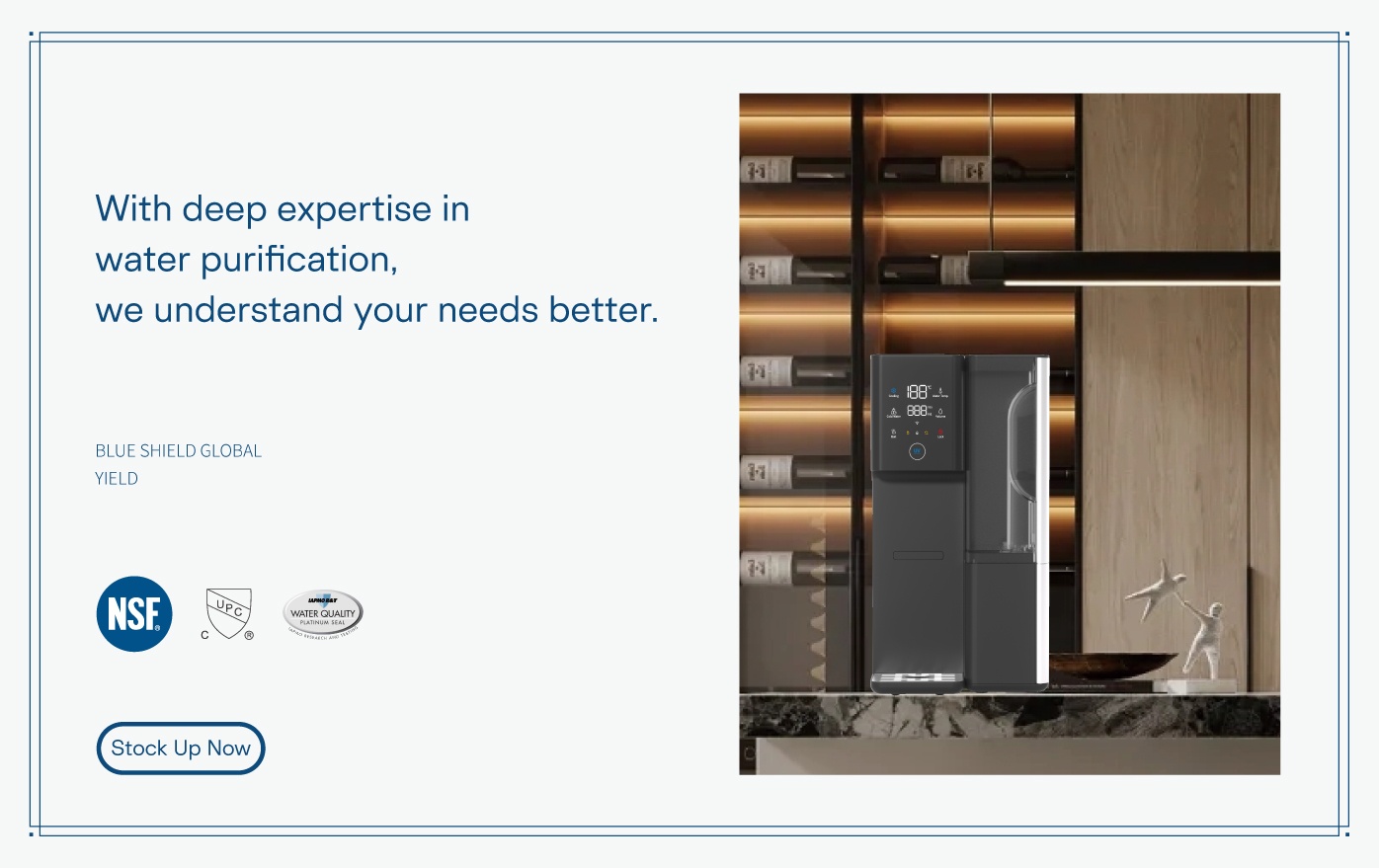
Countertop Water Purifiers—The Future of Household Consumption
With global awareness of health and sustainability rising, countertop water purifiers are becoming a household essential.
Three key drivers are behind this growth:
Health consciousness: More consumers are prioritizing safe drinking water, viewing a countertop purifier as a long-term investment in well-being.
Convenience: This PU-T01 countertop RO water purifier is easy to install, stylish in design, and kitchen-friendly, they meet the needs of anyone seeking filtered water.
Eco-friendliness: By replacing bottled water, they actively reduce plastic pollution.
It is foreseeable that more households will treat countertop water purifiers as a standard kitchen appliance—just as natural as having a dishwasher or oven.
Behind Every Glass of Water—Trust and Quality
Water is something we rely on every single day, yet the hidden risks in tap water are often overlooked. Whether it’s families in the U.S. worried about lead, or European residents troubled by hard water, the ultimate goal is the same: to enjoy safer, purer water, more conveniently.
That’s exactly why we create countertop water purifiers. The next time you turn on the tap, consider this: how long did it take for that glass of water to reach you? What harmful substances has it left behind? And how much everyday quality has it quietly added to your life?
Relative Information
[1] https://www.cdc.gov/lead-prevention/success-stories-by-state/flint-lead-exposure-registry.html
[2] https://www.epa.gov/ground-water-and-drinking-water/lead-service-lines
[3] https://www.who.int/news-room/fact-sheets/detail/drinking-water
[4] https://pubmed.ncbi.nlm.nih.gov/38649043/
